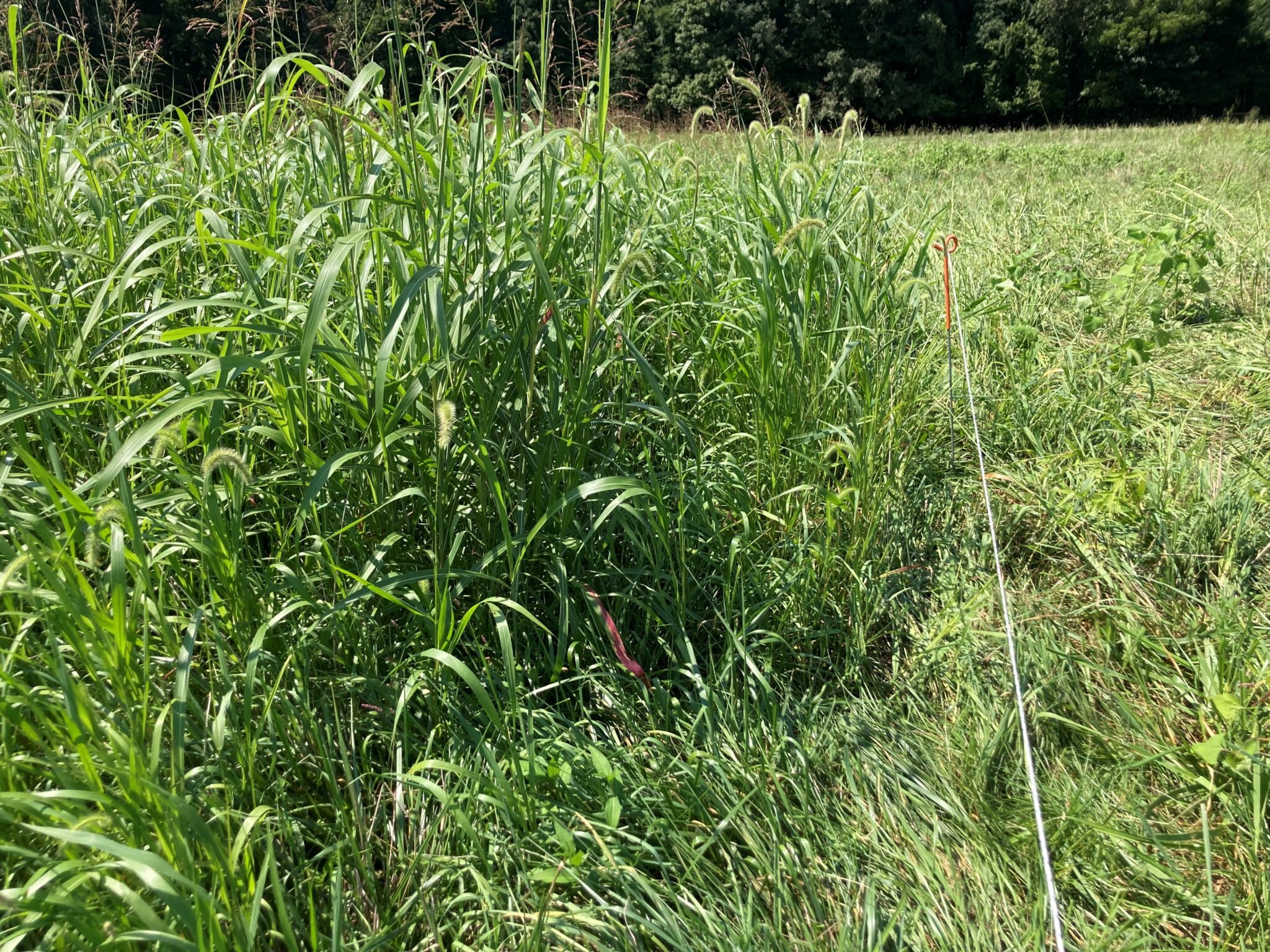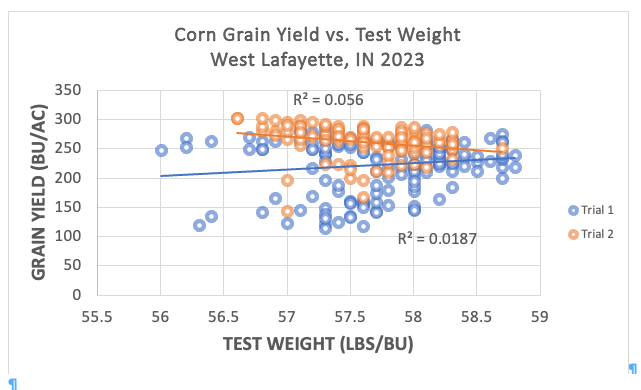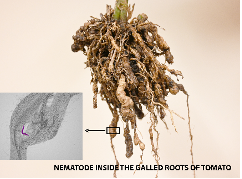
Fall and cooler temperatures have arrived. Soon after that, a frost will occur.

Fall and cooler temperatures have arrived. Soon after that, a frost will occur.

The presence of poison hemlock (Conium maculatum L.) in pastures, fencelines, and field edges (Figure 1) is a frequent concern in many parts of Indiana.

From September 19th through 25th, Indiana was fortunate to receive between a quarter inch to almost three inches of precipitation (Figure 1).

Although yield is always at the forefront of many corn farmers and agronomists’ minds during harvest, another important discussion topic each fall is that of grain test weight.

As corn advances through grain fill and approaches physiological maturity (black layer), one thing to watch for is premature ear declination or premature “ear drop” (Figure 1).
The following is a link to a simple, short online survey.

I received a phone call from a shepherd many years ago. He was confused as to why his ewes refused to eat what appeared to be beautiful alfalfa hay.

There was a brief period where forecast models were thinking that the remnants of Hurricane Francine might make its way far enough north to provide sufficient moisture to improve drought conditions across the Indiana.

Plant-parasitic nematodes (PPN) pose a hidden threat to vegetable production, with root-knot nematodes being among the most damaging soil-borne pests.

It is now time to evaluate fields for any stalk or ear rot symptoms. This will aid in making assessments about field harvest order and if there is a risk of mycotoxin contamination.
© 2025 Purdue University | An equal access/equal opportunity university | Copyright Complaints | Maintained by Pest&Crop newsletter
If you have trouble accessing this page because of a disability, please contact Pest&Crop newsletter at luck@purdue.edu.